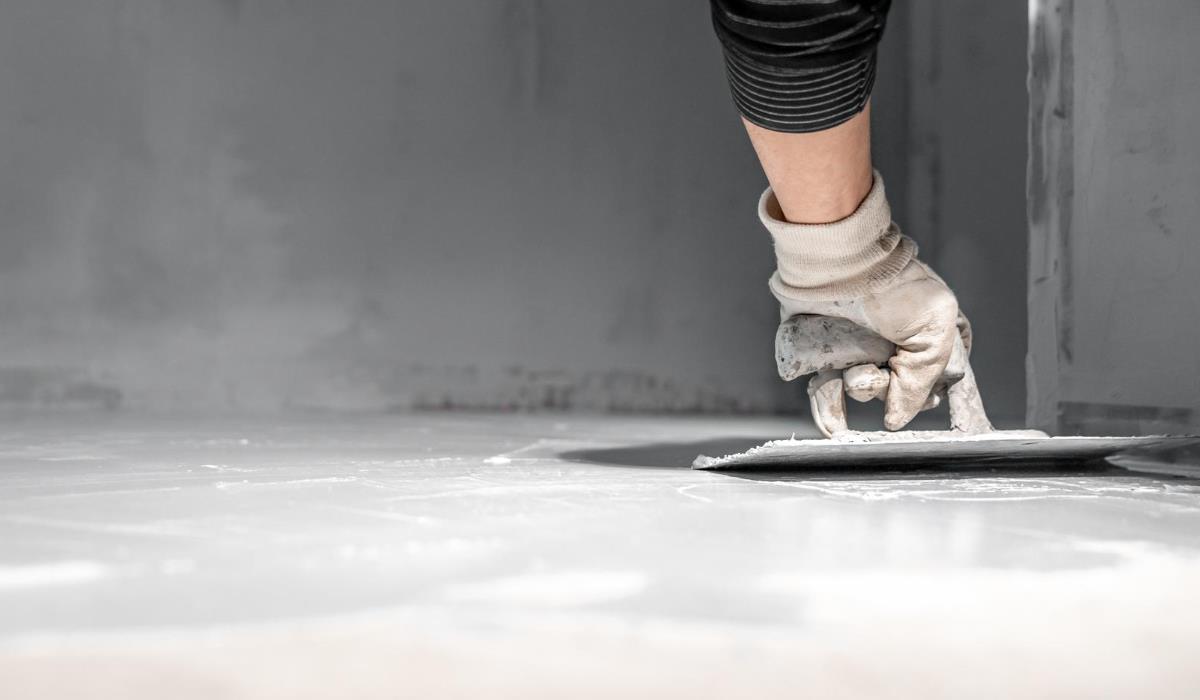The right underlay for ceramic tiles is an important step when laying them, which unfortunately is often overlooked. It all comes down to using the right underlay for the tiles, unfortunately most people don’t even know what a underlayment for ceramic tiles is? To learn more about this, let’s take a look at a few of the different types and what they are for. Each of them has a different function and they are all very valuable.
What people don’t realize is that ceramic floors consist of three layers. The base floor and tiles, but also the layer between them – the underlayment. This is the most overlooked layer. Underlayment for ceramic tiles is intended to even out unevenness in the base floor and provide something for the grout to stick to. In addition, it offers water and air protection for your floor.
Underlayment for ceramic tiles – types
There are only a few types of primers that are still in use today. While the older options are less popular now, there are a few options that are unlikely to go out of fashion anytime soon. They are almost timeless.
The best underlay for tiles for professionals: OSB board
This is the most common type of underlayment for ceramic tiles and the most preferred by contractors. OSB comes in panels, which makes it easy to lay in most places. Most often, a layer of thin mortar is added to the base floor, followed by the addition of OSB. After screwing it, the tiles are glued directly on it. This is one of the best methods for safe and durable tiling. Most OSB boards are made of cement, so it’s hard to cut without the right tools.
The best underlay for uneven floors: Poured underlays

Another popular option is the poured underlayment, which has many unique uses. It is created by pouring a layer of mortar to create a concrete slab on which the tiles are laid. This is ideal for uneven floors – just pour concrete over the floor and use a trowel to make sure it’s smooth. Then you need to let it dry and use it as a kind of substrate / primer for ceramic tiles.
The best tile base for do-it-yourself: Membranes
These polyethylene underlays are flexible and come in rolls just like floor coverings or carpets. They are used to protect against moisture, cracking and insulation of the floor. They can usually be used instead of OSB boards. This type of membrane is usually quite easy to install and can be purchased at any hardware store. The only thing you need to pay attention to is applying tape and filling any seams. This type of membrane should not be installed on uneven or cracked substrates. The floor should be smooth and even. Otherwise, you won’t get the protection you need and the tiles may break under pressure.



